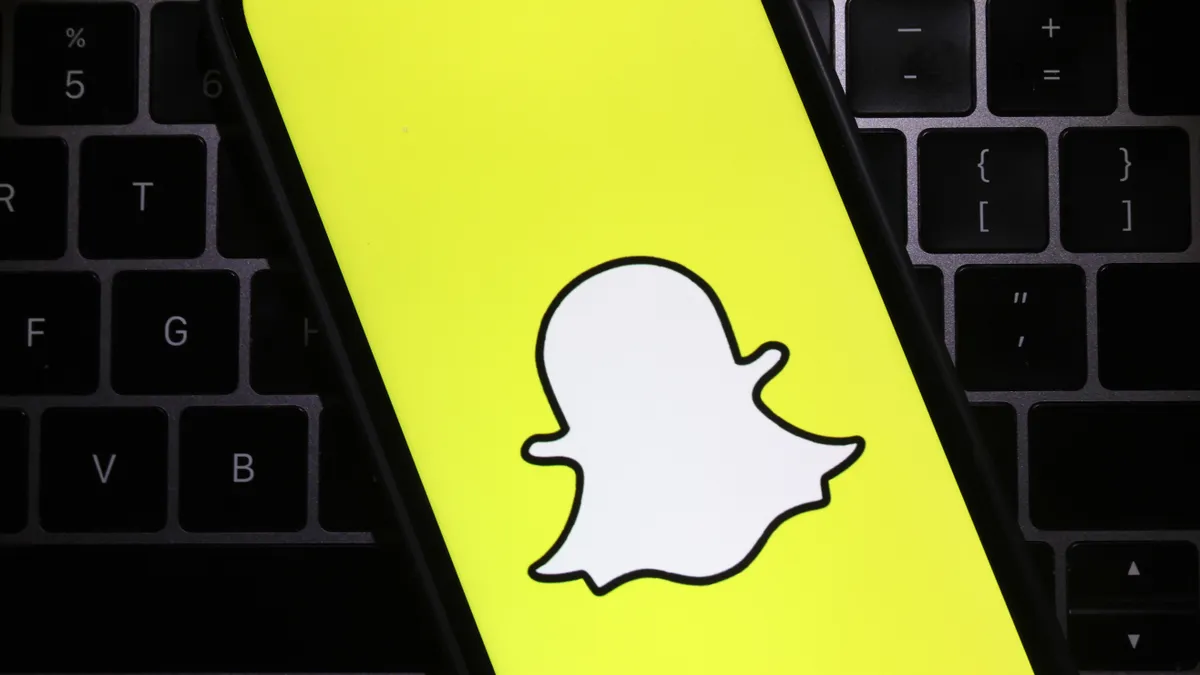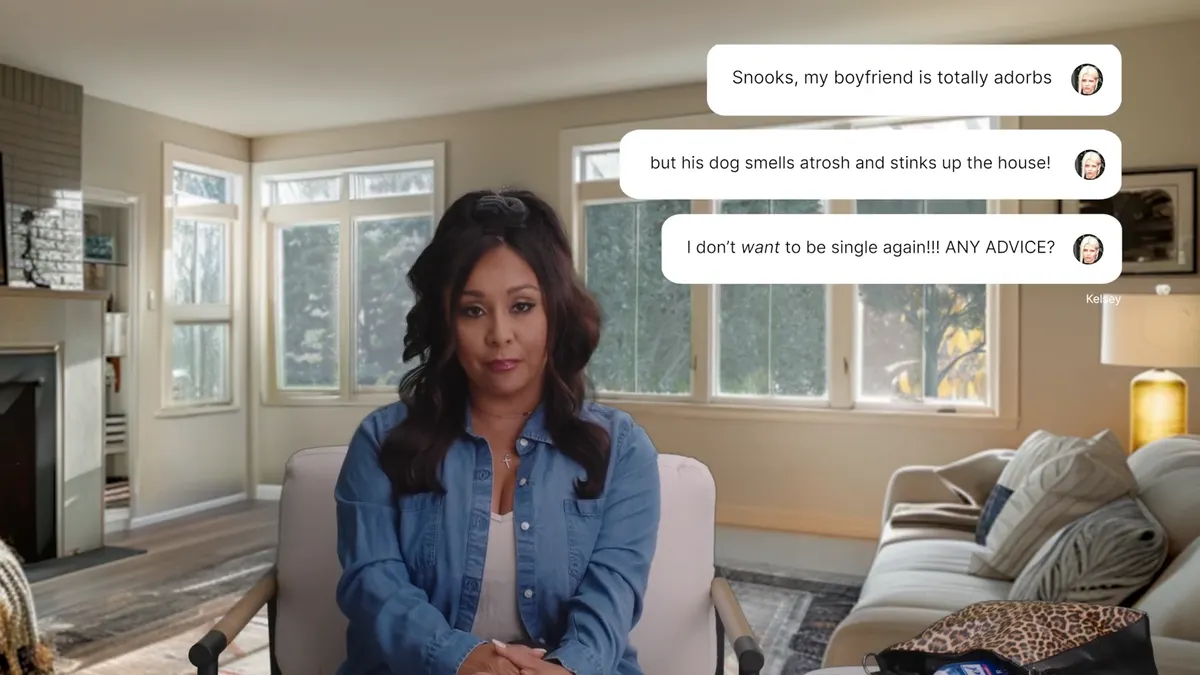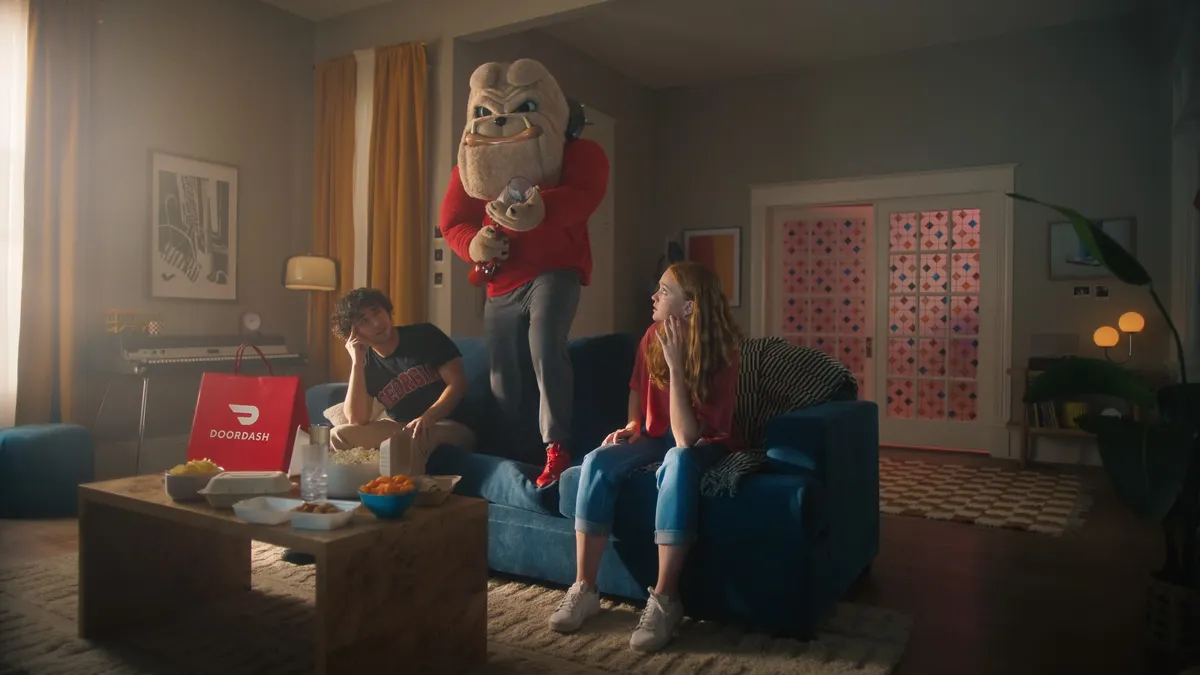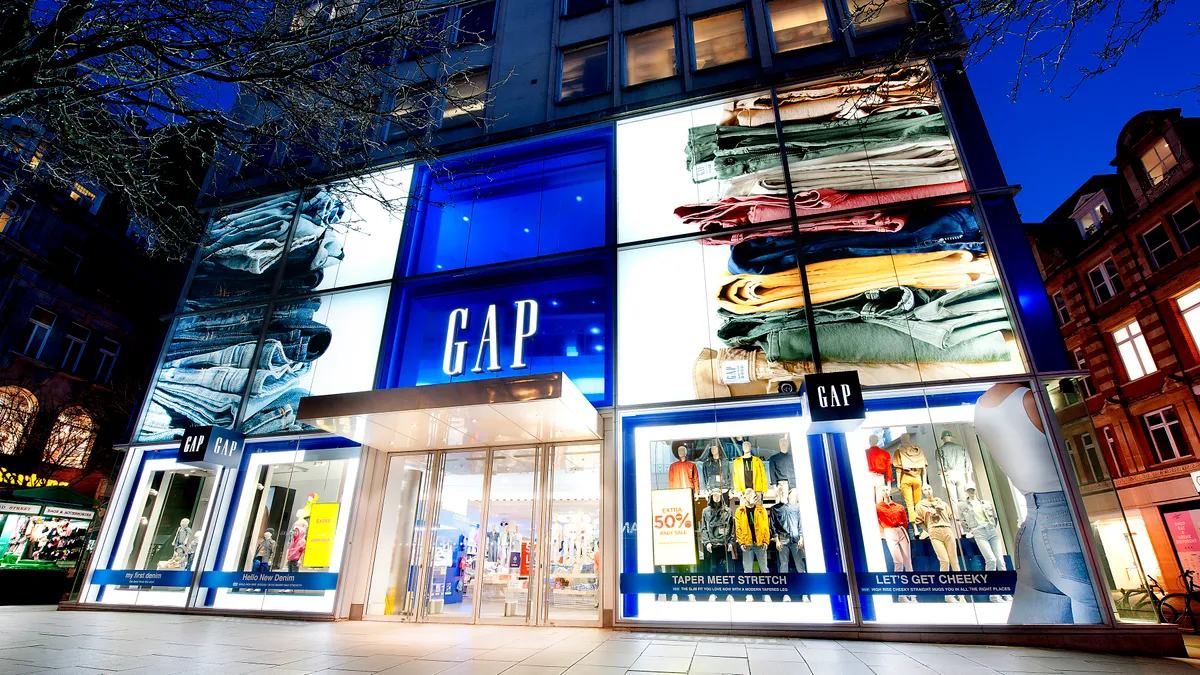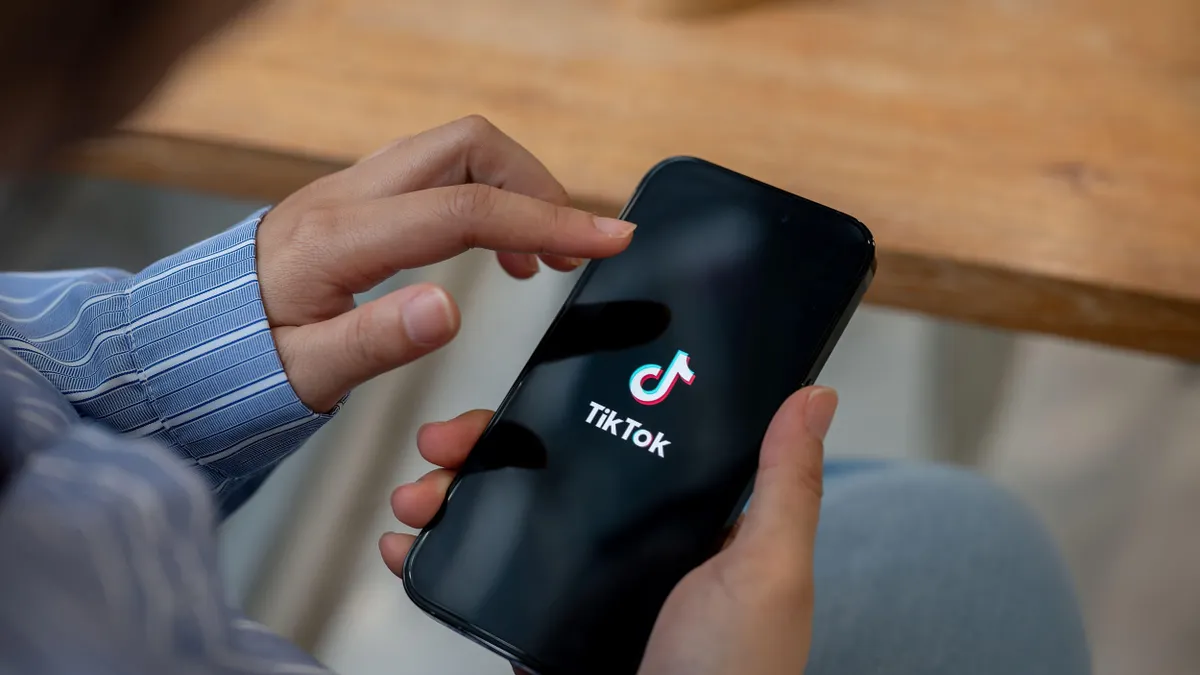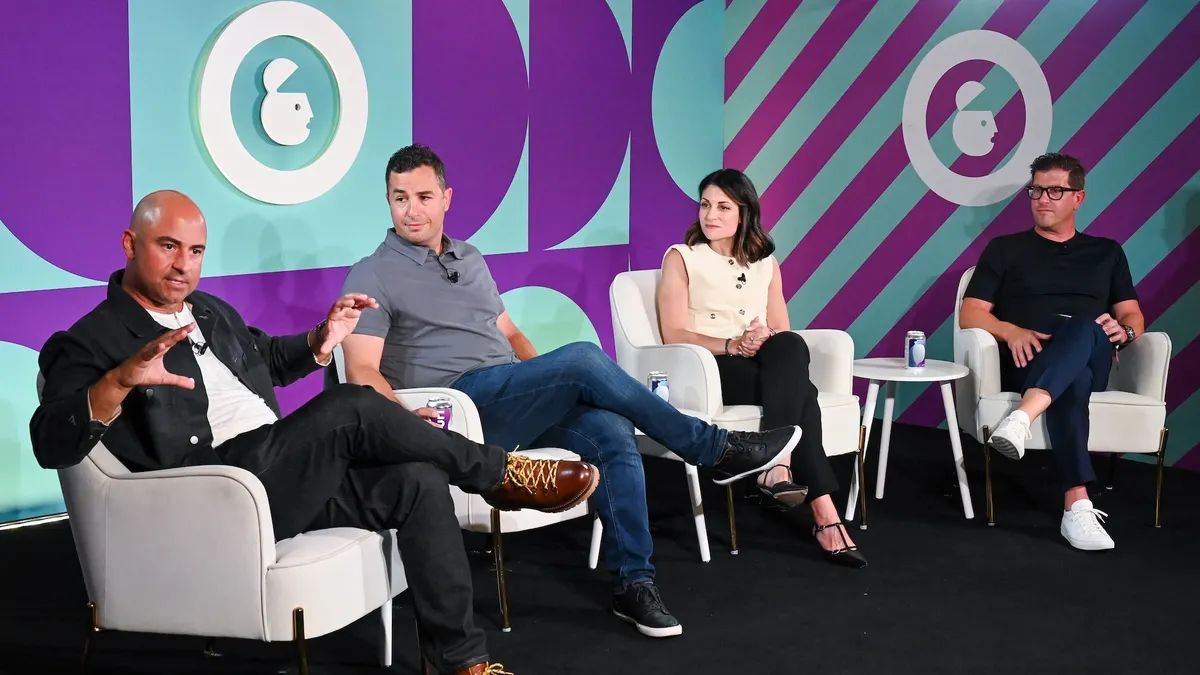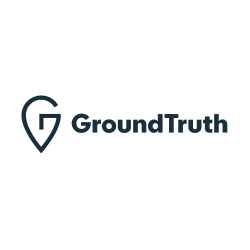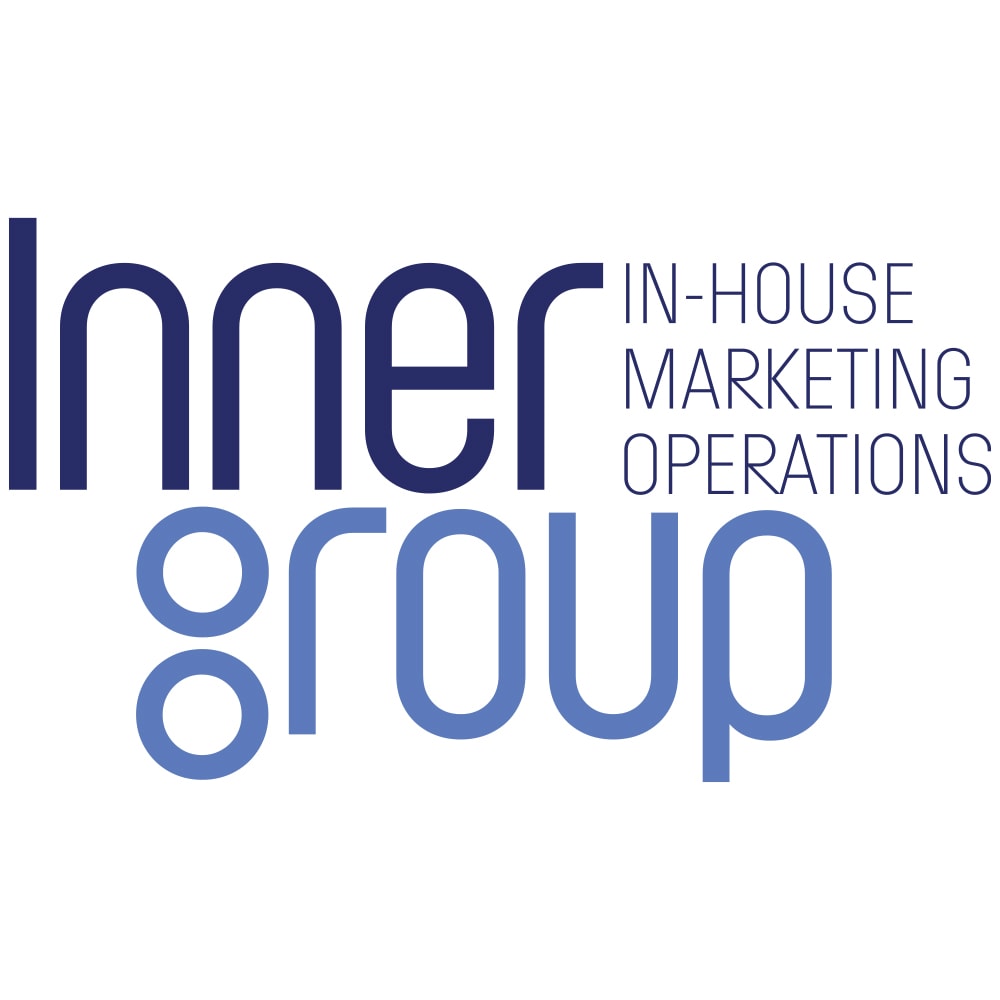It's no surprise that the number of digital agencies has grown over the last decade, hand in glove with the growth of digital as a portion of media spending. But while digital agencies have almost quadrupled over the last decade, agencies born out of local media companies have grown nearly eightfold in that same time.
There are now nearly 2,500 local media agencies, making up almost half (47%) of the estimated 5,500 digital agencies across the U.S., per a recent Borrell Associates report sponsored by software company Frequence. Almost two-thirds (64%) of print, broadcast, cable and outdoor ad companies operate a digital agency with a dedicated staff, a specific name and some digital-only clients, per the report. Most are separate entities, but operate more as support and fulfillment companies for their parent company, rather than true agencies.
"Digital agencies became vogue for local media companies during the Great Recession more than a decade ago, when sales of core print and broadcast products took a nosedive," the report found. "Offering basic 'services' … allowed media companies to keep the conversation going with advertisers who were less interested in buying ads during a depressed economy and more interested in building up their own virtual presence."
Now, a robust virtual presence is table stakes for advertisers, bringing the promise of the local media agency into focus.
"[Digital services] will flourish and be really a must-have for any advertising department at the media company to remain competitive."

Gordon Borrell
CEO, Borrell Associates
"The advertising sales business, we think, will become fiercely more competitive," Borrell Associates CEO Gordon Borrell said in a recent webinar detailing the report, noting that heavy pressure on ad pricing across TV, radio and print will push businesses towards digital services. "[Digital services] will flourish and be really a must-have for any advertising department at the media company to remain competitive."
While the overall digital agency space will continue growing amid a surge in boutique agencies that focus on specific industries, Borrell expects the number of media-sponsored agencies to remain flat as the market reaches a saturation point. The media companies that plan on having digital agencies will have built them, and the ones that don't offer digital capabilities will likely shutter as digital becomes a larger part of the media business. The remaining local media agencies will compete via differentiation, becoming experts at targeting audiences across multiple platforms in their specific geographies, per the report.
And while they will be outnumbered, local media agencies are forecast to see gross revenues that are far larger than those of independent digital agencies, reflecting their ability to tap into the $748 billion spent by businesses on digital marketing and communications services that range from web hosting and SEO to management of social media and online ads.
"Revenue for the smaller niche agencies is probably going to be in the order of $1 to $3 million per annum. For the [geography-focused]-agencies, it's going to be $3 to $15 to $20 million. We're already seeing that for some of the bigger markets and the bigger media-focused agencies," Borrell said during the webinar.
Gannett's LocalIQ feels the shift
One of the bigger media-focused agencies is LocalIQ, the data-driven marketing agency launched by publishing giant Gannett in 2018. LocalIQ offers traditional media, like print and owned- and operated-digital solutions, as well as social, website development and social management, along with an in-house creative agency. The suite of offerings allows LocalIQ to help brands connect with the audiences of its flagship property, USA Today, and the more than 250 local news sites it operates, providing insights on over 150 million people.
In the advertising world, local ad spend took one of the hardest hits in 2020 due to the coronavirus pandemic. While BIA Advisory Services originally forecast local ad revenue of more than $161 billion in 2020, its final post-COVID estimate for 2020 was about $134 billion — a 17% dip. But its predictions for 2021 continue to improve due to an acceleration of the ad market that couldn't be accounted for last fall, per BIA's chief economist Mark Fratrik. LocalIQ has felt the same shift as the entire local ad market.
"We were all hit hard, starting in Q2 of last year was kind of the bottom-out of that. But even as soon as last June and last July, things started picking up already," said Kelly Andresen, Gannett's president of sales development.
LocalIQ saw the healthcare space, followed by restaurants and gathering places, act as first movers, buying digital display ads for educational messaging and branded content to tell deeper stories about safety innovations. This year, as vaccines rolled out and the economy began reopening, other industries joined in, with a strong demand for digital media services like search, social and digital display ads across owned- and operated-sites.
Gannett's digital marketing solutions segment revenues were $110 million in Q2 2021, a 21% increase over the same period in 2020, per an earnings report. To reach what Andresen describes as "really strong growth targets" that act as a "North Star," LocalIQ is working to build better experiences for readers, through both content and advertising. To that end, Gannett this year made a deal to sell Snap ads to its more than 100,000 small business clients — a development that shows exactly how local media agencies will continue to be players as the digital shift continues.









